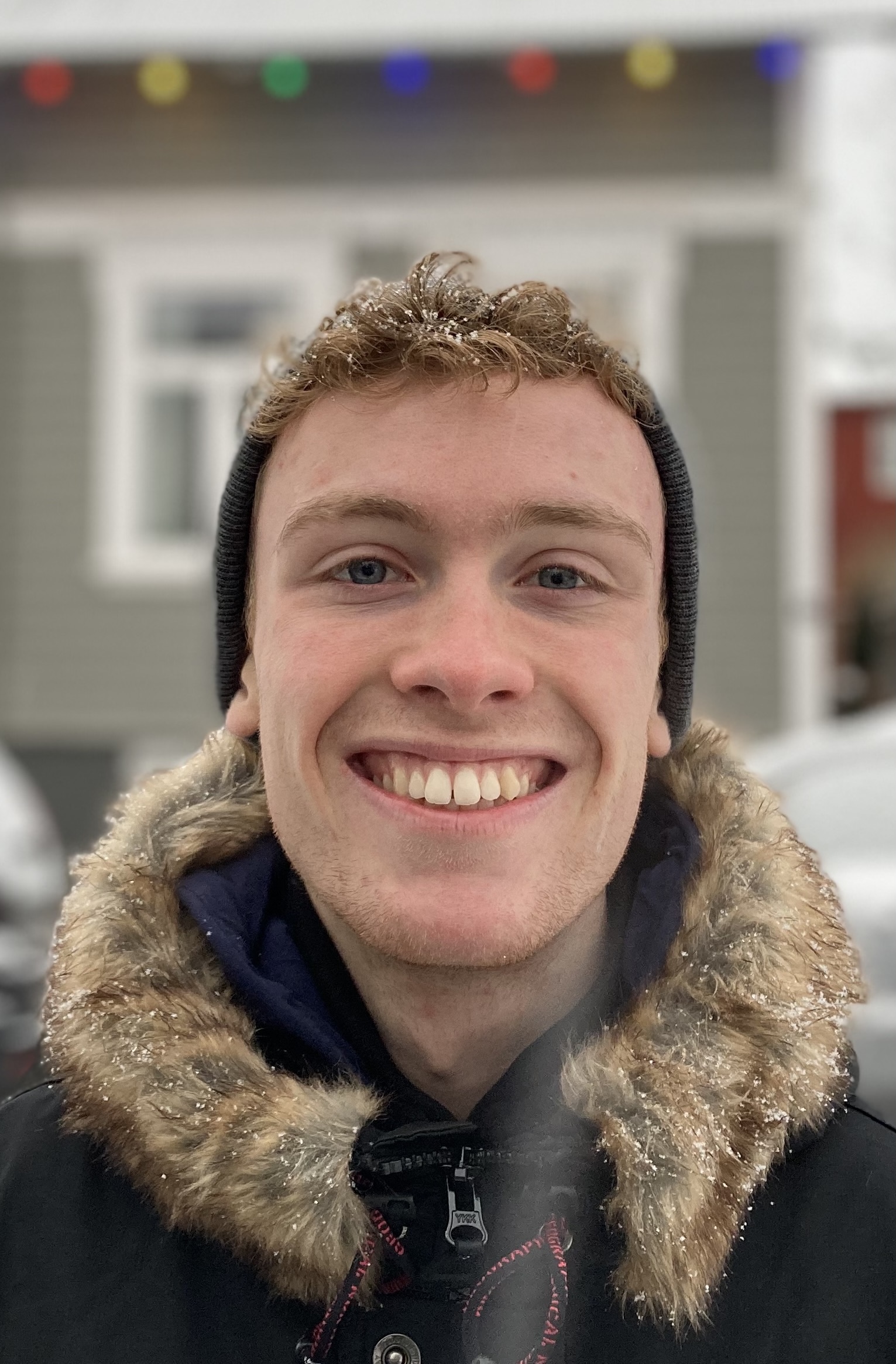
I'm an enthusiastic and hard-working PhD researcher, qualified with an MSc Distinction in Environmental Sustainability from the University of Glasgow, and a first class in BSc (Hons) Geography from the University of Aberdeen, Scotland. My interests centre around researching environmental change and seeking a more sustainable future. My Geographical skills include gaining A grades in GIS mapping and data analysis modules at university. I've also developed field research skills while living and studying in Iceland, the Alps, Malta, and Scotland.
In October 2025 I will begin an IAPETUS DTP PhD, involving three 2 month-long fieldwork trips to remote parts of the Amazon rainforest. While in the jungle, I will use drones and ecological methods to survey biodiversity, and generate 3D models for estimating the carbon stored in these forests. Using machine learning (AI), estimations will be scaled over large areas. Knowledge exchange with rural traditional communities will be central to all stages of this project, to understand the role that local people play in nature conservation.
In September 2024, two days after submitting my masters dissertation I travelled to Shanghai to start my 2-month journey across the entire Silk Road over land, officially starting in Xi-An, China, finishing my journey in Istanbul.
In November 2024 I began working as a Research Assistant at the University of Glasgow.
During my final undergraduate year, I worked as a University Go Abroad Ambassador, involving leading campus tours, working at open days and fairs, and being the Administrator of the incoming students Instagram account.
In May I was contracted by the University of Aberdeen to help rewrite the Geography Degree Course, by creating a new assessment for a 2nd year module.
In June I went on a research expedition to the Italian Alps. I assessed plant colonization around receding glaciers, in a landscape rapidly changing as a result of climate change.
During July and August I worked as an assistant Kayak Tour Guide in Malta. I took up to 26 guests on various routes around the islands, exploring sea caves, and diving to see shipwrecks and wildlife.
Since July 2021 I’ve also been working as a Geography tutor. One of my students with Dyslexia recently received an A grade which got them into St Andrews University.
Since September 2021 I’ve been enjoying working in my local foodbank in Aberdeen.
For the academic year 2021/22 I was elected as the Geosciences Convenor, representing students in my department at student council and University senate.
In 2021, I represented my University at COP26 in Glasgow, being involved in networking, pavilions, and panel
During early 2022 I started work as a freelance photographer at various University events and showcases.